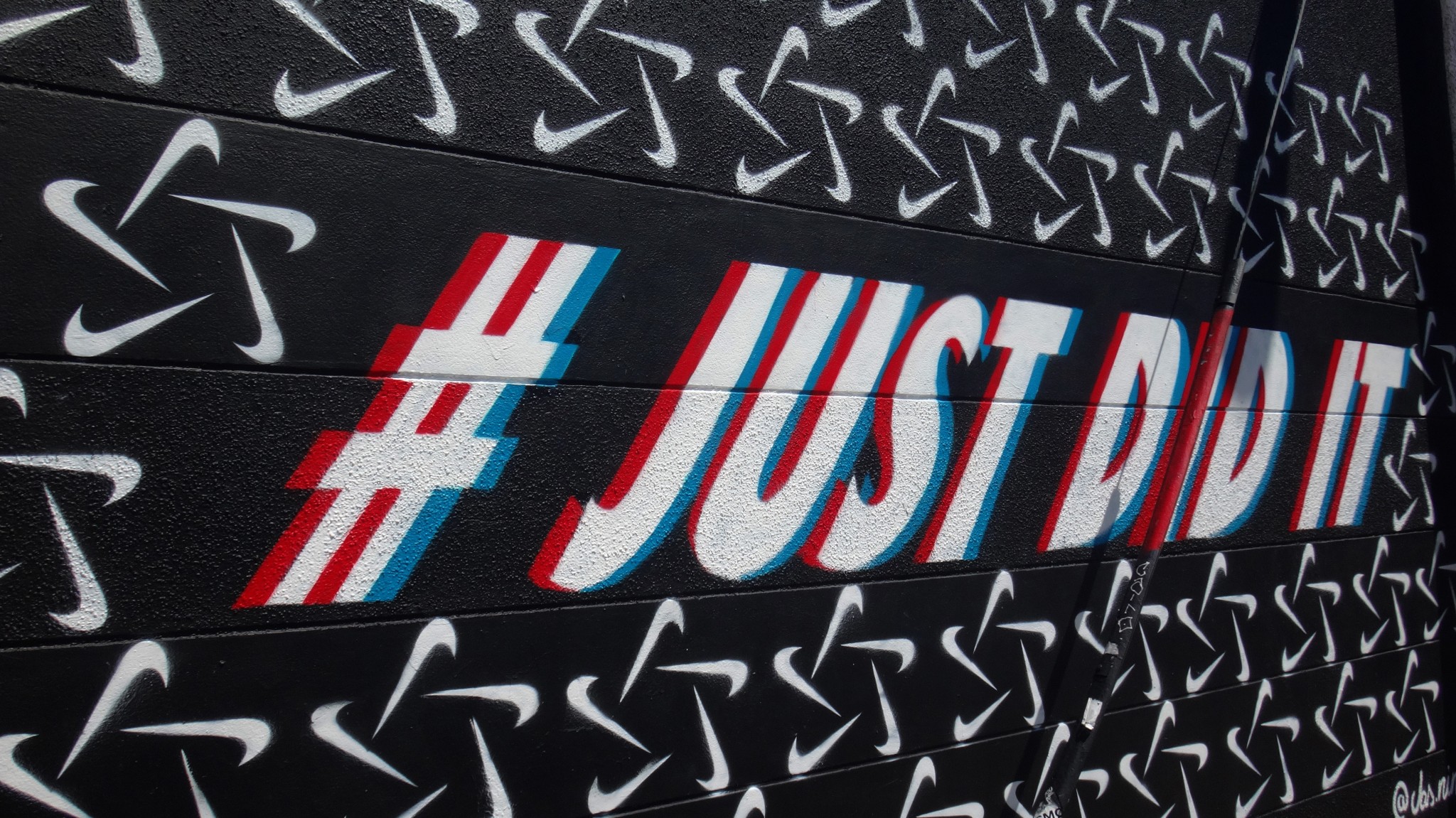
This piece by Nick Giles originally appeared in City A.M, see here
As Tiger Woods rolled in his final putt, securing victory at Augusta and claiming his long-awaited fifteenth major title, Nike was ready and primed for the magical moment.
Some 14 years after his last victory at the Masters and 11 years after his last major title, Woods now stands just three behind the greatest golfer in history, Jack Nicklaus, whose unassailable record of 18 majors is now tantalisingly within reach.
Nicklaus’ “18” was the crazy, impossible total that Woods set out to beat when he was just three years old. Within minutes of his win last Sunday, Nike shared an ad from its “Dream Crazy” campaign featuring an infant Woods mouthing the words “I’m going to beat Jack Nicklaus”.
For Nike, this was the moment that its 23-year relationship with the golfer came full circle.
At the height of his career, Woods was making $110m per year as the world’s highest paid athlete, including $30m from Nike, according to Forbes. But after the sex scandal that shattered his reputation in 2009, sponsors couldn’t dump him quickly enough.
AT&T, GM and Gillette all terminated their deals worth tens of millions of dollars within weeks, because he was no longer a good representative for their brands.
Accenture – which had sponsored Woods for six years and used his image “as a powerful metaphor for business success” – determined that he was no longer the right fit for its advertising.
And who could blame them?
The decade of injury that followed – characterised by poor performances, major surgery, further scandals, and the ignominy of falling outside the top 1,000 players in the world – suggests that these brands were all wise to cash-in when they did.
But Nike, as it often does, saw things differently.
“There’s always a risk. One of the things we always try to do when we have a big endorsement is check out the character and the pattern of the individual. But you’re not going to get it right all the time, and if you’re going to be in the business you have to recognise that.”
So said Phil Knight, founder and former chief executive of Nike, in 2009 as the storm was raging around Woods.
Unlike its peers, Nike stuck with Woods when he was in the doldrums – going through major back surgery and enduring another global embarrassment when he was caught asleep at the wheel of his car, under the influence, and his mug-shot was broadcast around the world.
Nike, however, was prepared to play the long game.
As the clip shared straight after the Masters victory showed, this was a brand that believed in Woods’ life-long mission to surpass the Nicklaus record. And this was the moment that its long-term perspective paid off.
Woods’ final round at Augusta was reported to have been worth $22.5m of additional brand exposure for Nike, according to sponsorship analytics firm Apex Marketing. Nike shares were up 0.5 per cent in pre-market trading by the next day.
But more than that, this victory reinforced – in the most thrilling way – Nike’s unrivalled association with elite performance and an athlete’s determination to “just do it”.
Over the years, Nike has had a string of issues with athletes falling from grace – Lance Armstrong and Marion Jones to name but two – and has had to address very public failings of its own.
But its recent work with Colin Kaepernick and Serena Williams, taking a proactive stance on societal issues such as race and sexism, has been good for business.
Its share price has been climbing, and surged to an all-time high of $88.73 last week.
Nike has encouraged athletes to “Dream Crazy”, exhorting everyone to embrace goals that may seem unattainable. In that, it fittingly echoes Apple’s iconic “Crazy Ones” campaign from 1997.
For entrepreneurs – schooled in the idea of performance, dedication, goal-setting, and risk-taking – Nike and Apple are often held up as benchmarks of business success.
Steve Jobs famously cited Nike as “one of the greatest jobs of marketing the universe has ever seen”. He admired Nike’s clarity of message and inherent understanding of who and what it was for – the clear sense of purpose built into the founding vision of the business.
And so we come back to Woods. While other sponsors dumped the golfer, fearing any association would weaken the brand, for Nike there was a stronger connection. Woods’ sky-high goal was consistent with its stated mission “to bring innovation and inspiration to every athlete in the world”.
Whether Woods’ win is a personal redemption story or a simple case of a world-class athlete sticking it to all those that had written him off, the tale of the chase to “18” is what gave this victory such an amazing sense of drama.
More than just a comeback, it’s a race resumed – and from a brand perspective, Nike is out in front.